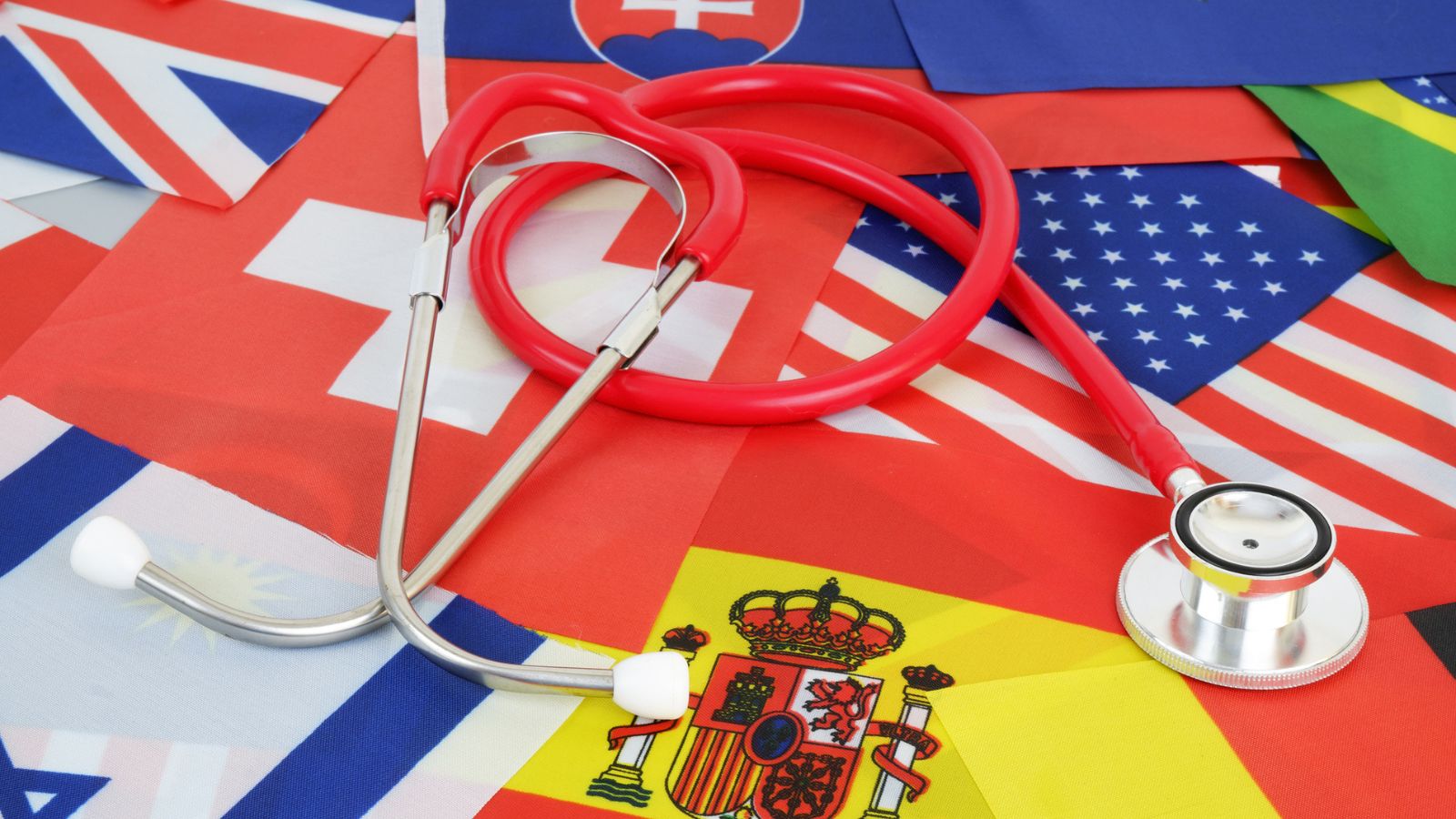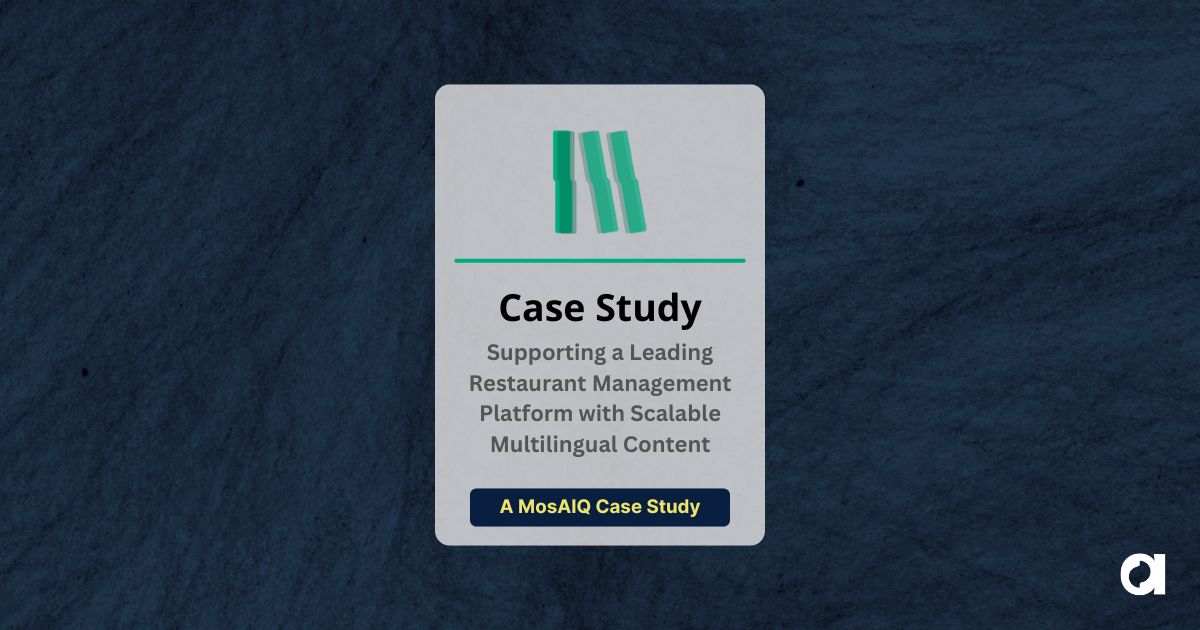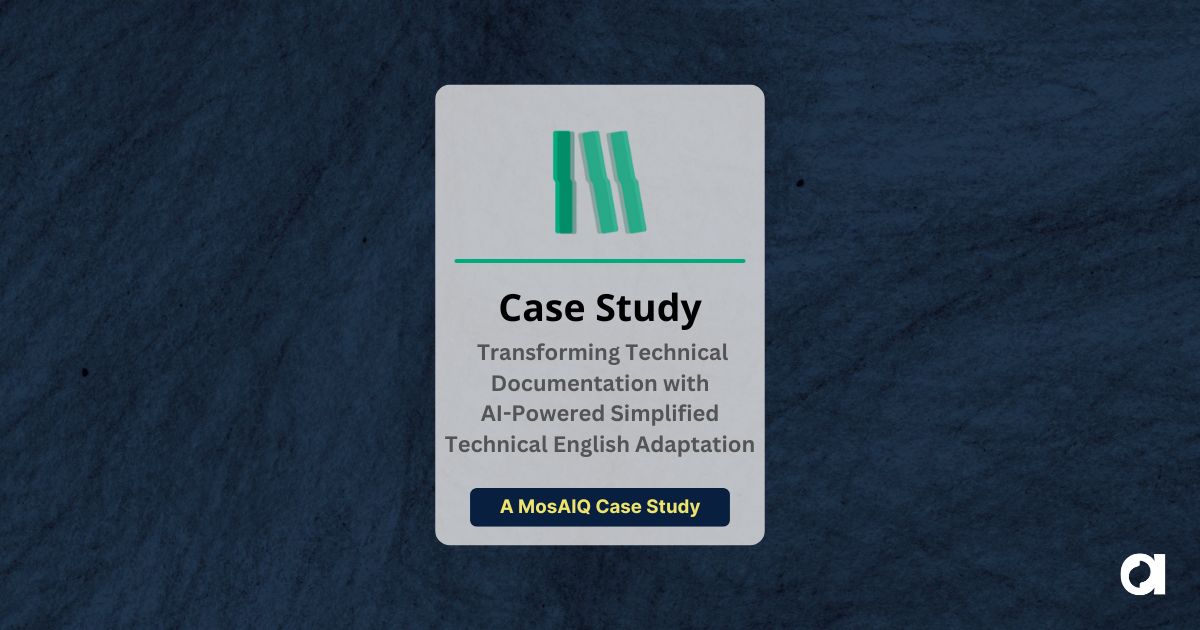For medical device manufacturers, expansion into some global markets can feel like venturing into uncharted territory. Unlike the well-established regulatory environments in the United States, United Kingdom, and European Union, these markets often require customized strategies to navigate their less-harmonized frameworks.
While opportunities abound in Asia, Africa, South America, and the Middle East, each country has its own regulations, languages, and infrastructure challenges, such as meeting country-specific labeling requirements, tailoring multilingual documentation, and validating medical device translations to ensure local compliance and usability.
Breaking into these regions requires extensive research. Conducting localized regulatory audits, developing market-specific glossaries, and collaborating with in-country experts to understand local expectations can ensure your go-to-market strategies are well-organized and effective.
With this complex playing field in mind, let’s explore a few things companies can do to meet these demands and achieve compliance.
Different Regions, Different Rules
Expanding beyond the EU introduces companies to regions with vastly different business environments. Unlike the EU’s harmonized MDR/IVDR framework, Asia, Africa, South America, and the Middle East are made up of a patchwork of regulations that vary widely not only between countries but often within them.
Asia is a study in contrasts. More advanced markets like Japan and South Korea have robust regulatory frameworks comparable to those of the EU, while emerging economies such as Vietnam or Indonesia may have less structured systems, requiring manufacturers to monitor inconsistent or evolving regulations. These disparities make Asia both a high-potential and high-risk region for medical device localization.
Africa offers significant growth opportunities but often lacks the infrastructure and resources necessary to support intricate regulatory processes. For example, countries may rely on approvals from external regulatory bodies, such as the World Health Organization’s prequalification program, rather than maintaining independent systems. These gaps can create delays and add layers of complexity to market entry.
South America combines potential with significant regulatory complications. Countries like Brazil and Argentina have established frameworks, but processes can be slow and require extensive documentation. Meanwhile, regional trade agreements, such as MERCOSUR, introduce additional considerations for companies targeting multiple markets within the region.
In the Middle East, Saudi Arabia is implementing more rigorous regulatory frameworks, such as those overseen by the Saudi Food and Drug Authority (SFDA), while other countries may still rely on less formalized systems. The region’s rapid economic development and healthcare investment make it an increasingly attractive but complex market for expansion.
Why These Regions Matter
The healthcare markets in Asia, Africa, South America, and the Middle East are undergoing rapid transformation, creating significant opportunities for medical device manufacturers.
For example, Asia is witnessing exponential growth in healthcare spending, driven by aging populations and a rise in chronic diseases. Countries like India and China are investing heavily in medical infrastructure, with India’s healthcare sector expected to reach $638 billion by 2025. Similarly, Africa’s healthcare sector is seeing new momentum, supported by urbanization and international funding, with South Africa and Kenya leading efforts in medical technology adoption.
South America presents another dynamic landscape, with Brazil accounting for the lion’s share of the region’s healthcare investments. Brazil’s healthcare expenditure represents approximately 10% of its GDP, demonstrating the nation’s prioritization of medical advancement. Meanwhile, the Middle East is channeling significant resources into healthcare through initiatives like Saudi Vision 2030, aiming to establish the region as a hub for medical innovation.
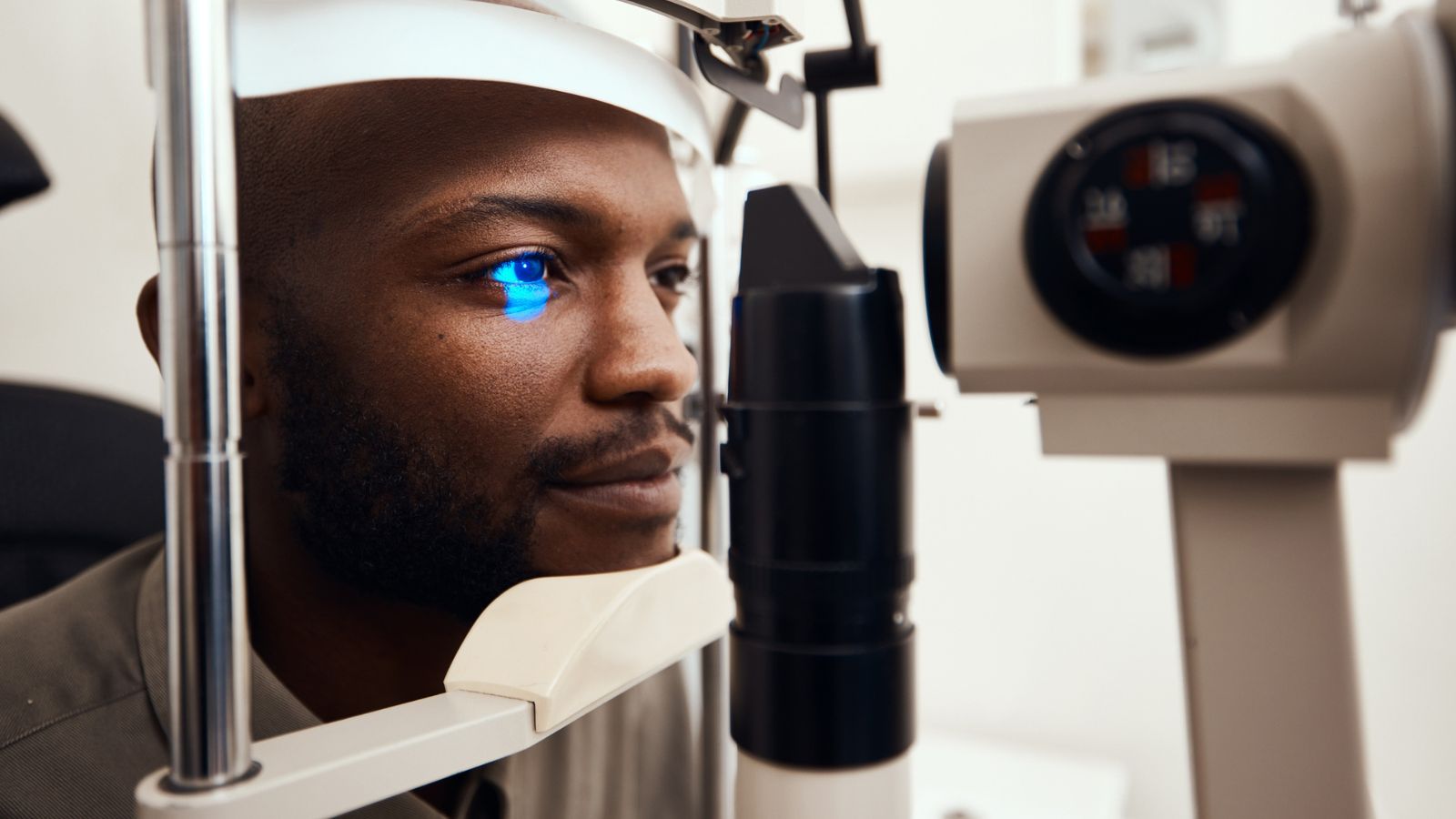
Best Practices: Getting Localization Right Where It Matters Most
Localizing medical devices for regions beyond the US, UK, and EU requires addressing issues that go far beyond what’s typical in established markets.
Addressing Fragmented Regulations
Emerging markets often lack unified regulatory systems, resulting in varied labeling, documentation, and approval processes. Partnering with local regulatory experts can help streamline the regulatory approval process, ensuring that devices meet local expectations effectively.
Meeting the Linguistic and Cultural Demands of Multilingual Nations
Developing glossaries, style guides, and translation memories is crucial for maintaining consistency across translated materials. Collaborating with in-country linguists ensures that terminology aligns with local medical practices while avoiding potentially dangerous misunderstandings.
Leveraging Technology
Advances in adaptive neural machine translation (NMT) and AI-enhanced translation memory (TM) optimization are transforming localization workflows. These tools enable faster turnarounds and updates to meet evolving regulatory demands. By matching these tools with expert oversight, organizations ensure that medical content remains accurate, compliant, and ready for global markets.
Prioritizing Quality Assurance with In-Country Validation
A rigorous, multi-step review process tailored to each market’s standards is essential when it comes to quality assurance. This includes validation by local experts who understand regional regulatory nuances. Comprehensive translation review by healthcare professionals ensures that instructions are clear and accessible, reducing risks of misinterpretation or non-compliance.
Tackling Localization Challenges and Emerging Risks
Global expansion introduces a range of challenges, from linguistic and cultural adaptation to systemic risks. Here are some of the most common hurdles worth monitoring:
Data Security and Privacy
Regulations like GDPR and HIPAA require strict data protection measures when handling sensitive patient information. In regions with evolving data laws, such as parts of Asia and South America, compliance hinges on robust encryption and local expertise to mitigate the risk of fines or restricted market access.
Cost Constraints in Emerging Economies
Healthcare affordability shapes how devices are priced and distributed. Global strategies must reflect regional economic realities, balancing cost-effective solutions with compliance. For example, rural markets may need instructions in a few regional dialects, whereas urban centers with a more international population may require a wider array of languages.
Trade Barriers and Political Dynamics
Trade agreements, tariffs, and political instability can disrupt supply chains and delay market entry. Manufacturers must anticipate these obstacles by building local partnerships, aligning with regional policies, and allocating resources to address regulatory bottlenecks.
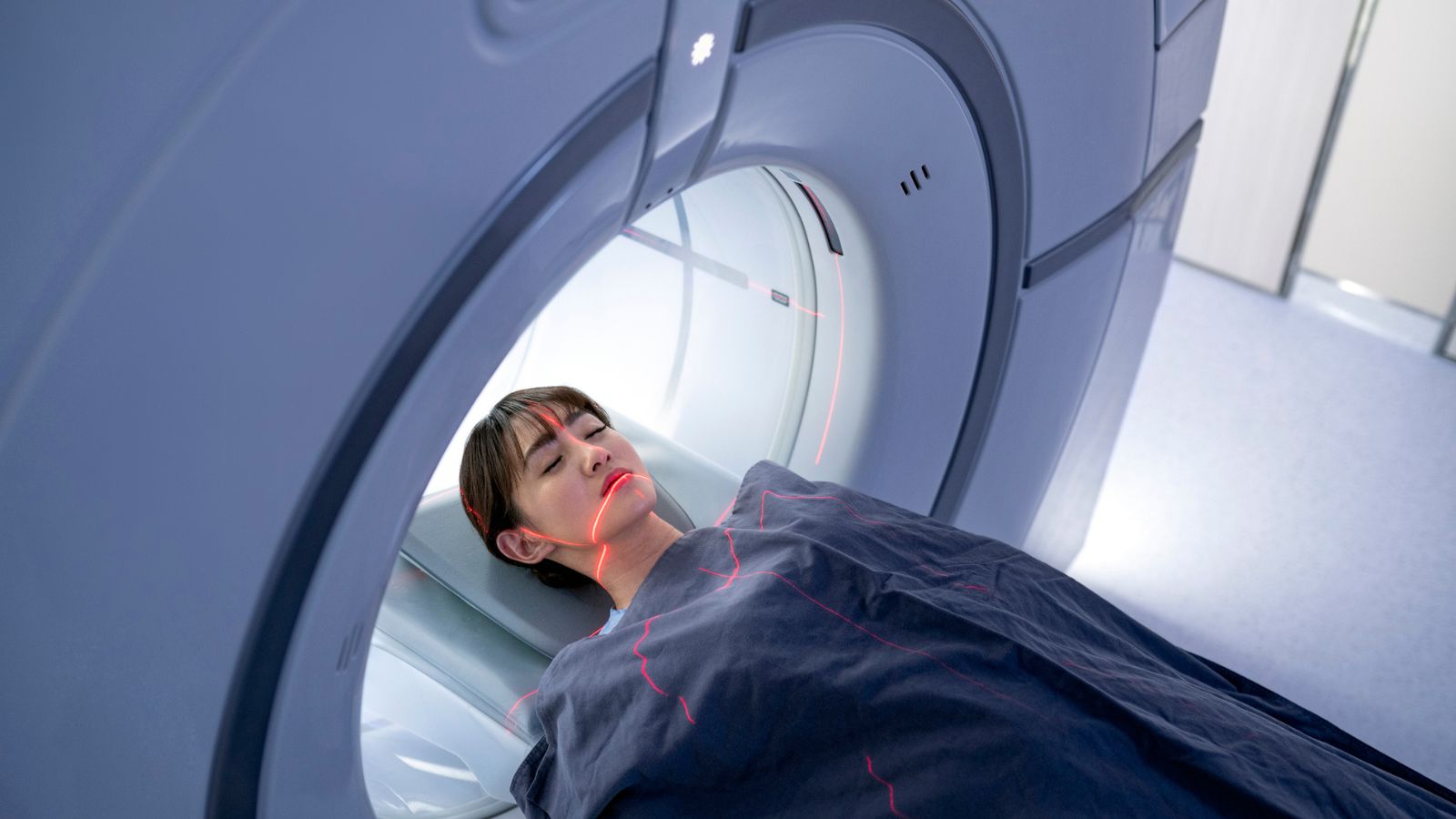
Taking A Global Approach
New markets for medical devices require careful attention to the details—whether it’s the lack of regulatory uniformity or the need for in-country expertise to validate translations, manufacturers must stay agile and informed to meet the developing demands of these markets.
To succeed, companies must prioritize proactive planning and quality processes that allow them to stay ahead of evolving requirements. This means using technology effectively, building a strong foundation of rigorous compliance measures, and tapping into local expertise. Manufacturers that take the initiative now will be better equipped to meet the growing demands of global markets.
Partner with Argos Multilingual to simplify complex localization challenges and meet global regulatory demands. Contact us today to learn more.
 Argos Multilingual
6 min. read
Argos Multilingual
6 min. read
From the flying cars in Blade Runner to the electric-powered technology in Black Panther, futuristic vehicles have fueled our imagination for decades. But today, electric vehicles (EVs) are no longer science fiction. They’re on the roads all around us, changing how we approach mobility and global transportation. But delivering EVs to a global automotive market […]

 Stephanie Harris-Yee
9 min. read
Stephanie Harris-Yee
9 min. read
Argos MosAIQ is a translation platform that combines AI technology with human expertise. It speeds up translation work, lowers costs, and maintains high quality standards. The platform uses client terminology, style guides, and industry knowledge in real-time, along with detailed analytics to deliver customized translations. The platform’s main component is the Mosaiq Editor, which manages […]







